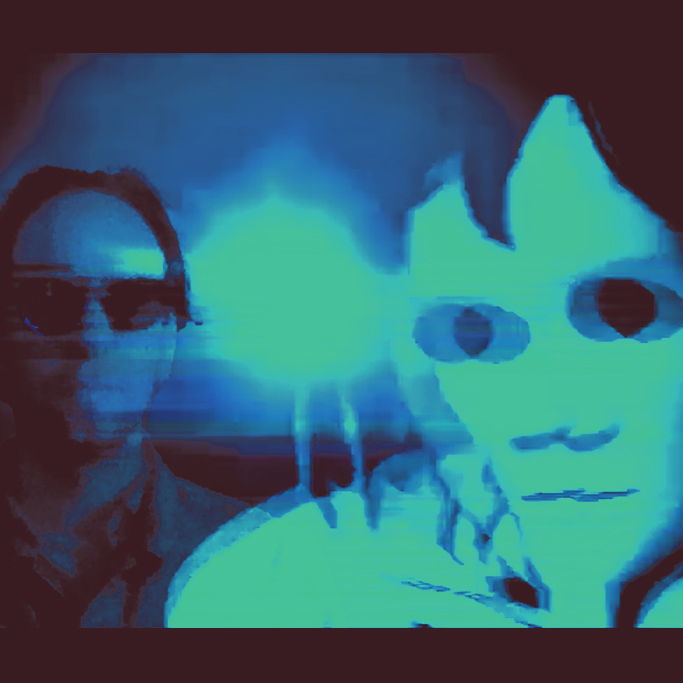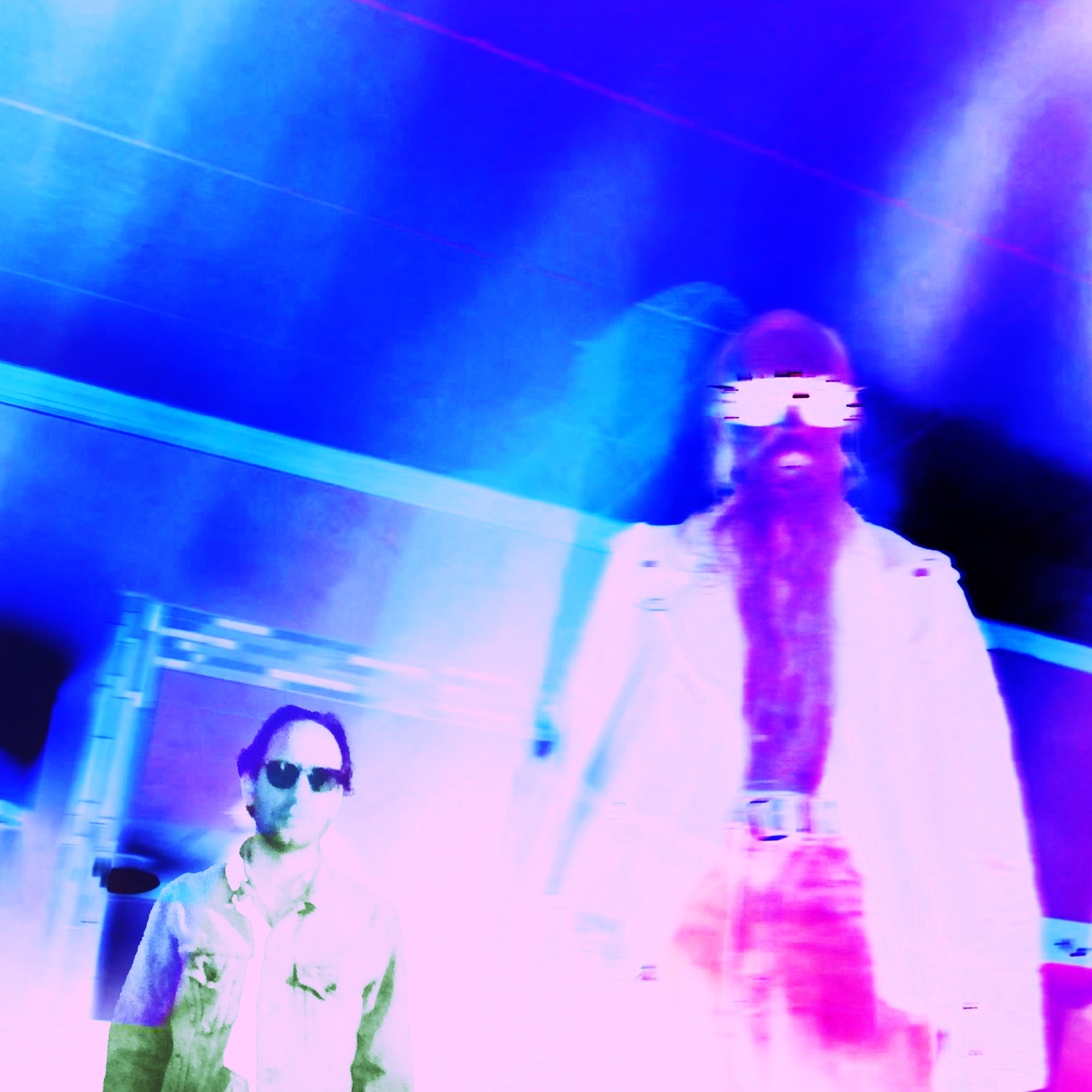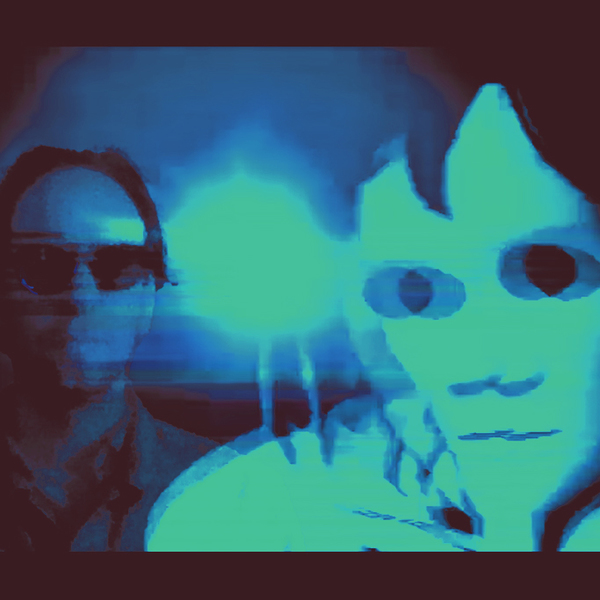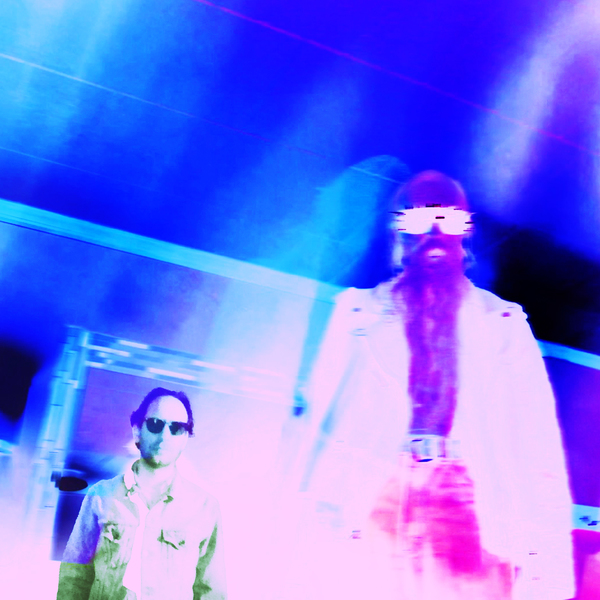Rami Gabriel has been sayin’ it for years.
Born in Beirut, Lebanon, Gabriel first picked up a guitar at age twelve and started a punk band in Toronto. After getting in a fight onstage with the lead singer during their first show, the band broke up. But Rami kept playing, uncompromisingly committed to the underground, testing and pushing style, musicianship, and sound, as he came up in the diaspora. He only ever set down the guitar to pick up an oud, buzuq, riqq, or any other instrument within arm’s reach.
Rami Gabriel has worked deeply in varied traditions: jazz, blues, punk, tarab, rock and roll, and experimental music. Gabriel operates through syncretic dialogue and musical devotion, whether in the pop-minded rock songs of Rami and the Reliables (featuring members of NRBQ) or in his exploration of Arabic and American traditions in The Arab Blues, two of his current outfits. He’s a regular performer at Chicago’s storied Green Mill jazz club, played guitar in Glenn Branca's Symphony 13 for 100 Guitars at Disney Hall, participated in Middle Eastern ensembles around the U.S., and was a fellow of the Center for Black Music Research. All the while, Gabriel released records exploring punk, jazz, musique concrète, experimental noise, and audio postcards from Ghana, Egypt, China, Turkey, Japan, and India.
Now, on his debut LP for Sooper Records, Gabriel trips all the breakers, and does so, fittingly, under his own name, and in his own voice, for the first time. That’s what I been sayin’ is not so much a debut as a conflagration in Rami Gabriel’s worldly underground.
Recorded at home on his Tascam 4-track and at the studios of his longtime collaborators K-rAd and Alex Hall, That’s what I been sayin’ is a furnace of Gabriel’s insuppressible impulses. At times direct and scorching, at others meditative and wandering, That’s what I been sayin’ compresses Gabriel’s understanding as a composer, musician, and singer into 11 restless songs that alternatingly recall The Fall, Haruomi Hosono, Brian Eno, and Scientist.
“I’m used to putting out records based on genre,” says Gabriel of his multiple endeavors. “I was listening to one of the ‘70s Brian Eno records where he took his experimental work and his songs and put it all together, and I was thinking, ‘Why don’t I try to put all the different ways I’ve been working for the last couple years onto one record?’” That’s what I been sayin’ ignites this vision with an album that ranges from the motorik-driven krautrock of “Like a monk” to the unexpected trance-like pairing of “Buzuq synth.”
But the album’s heart beats inside of its title track. Against a jaunty rockabilly rhythm, he sings a damning treatise about our unwillingness to see things how they are and have been. “That’s what I’ve been sayin’ about imperialism. That’s what I’ve been sayin’ about what’s real music and what’s not. That’s what I’ve been sayin’ about computers eating our soul. I’ve been sayin’ that,” Gabriel says of the record’s themes.
“I agree with the Crass song from 1978 that Punk is Dead.” This space between satire and prophecy oozes out of revved-up punk songs like “Too High to Die,” a ‘77-style ripper that pulls no punches about the reunion circuit, and the hard-spirited glower of "Bad Instincts." “Love stop Hugo” is a prime example of Gabriel’s intentionally subversive approach. He used his 4-track to manipulate the propulsive thump of “a shitty drum machine” into a mangled and danceable beat. Here, Gabriel adeptly turns harshness into something jubilant, withholding the crushing bass line we’ve come to expect in dance music until the song’s last bars. It’s an example of how intuitively he understands historical context without being bound to its conventions.
“The underground is for people who just want to make music; it’s a different economy, a different reception,” says Gabriel. “Within that fray, you can maintain integrity, and that is the key to good art: not being beholden to anyone.” The songs on That’s what I been sayin’ are a love letter to the underground spirit. Keep sayin’ it, Rami.







